The Enigma of the Chichen Itza Pyramid
Have you ever wondered about the enigmatic allure of the Chichen Itza Pyramid in Mexico? This iconic structure holds within its ancient stones a myriad of mysteries waiting to be unraveled. From its awe-inspiring architectural marvels to its deep-rooted cultural significance, the Chichen Itza pyramid stands as a testament to the ingenuity and spiritual beliefs of the ancient Mayan civilization.
As you gaze upon the grandeur of the Chichen Itza pyramid, you can't help but marvel at the intricate design and engineering feats achieved by the Mayan builders centuries ago. The precise alignment of each stone, the symmetry of the structure, and the mathematical precision involved in its construction all point to a level of sophistication that is truly remarkable.
Delving deeper into the cultural significance of the pyramid unveils a world of religious rituals and symbolic elements that offer a glimpse into the spiritual beliefs of the Mayan people. The pyramid served as a focal point for sacred ceremonies and sacrifices, where the ancient Mayans honored their deities and sought divine guidance.
Step into the realm of Mayan cosmology, where the layout and orientation of the pyramid were intricately linked to celestial beliefs and astronomical knowledge. The alignment of the pyramid with the movements of the sun and stars reflects the Mayan worldview and their deep connection to the cosmos.
Tracing the historical evolution of the Chichen Itza pyramid takes us on a journey through time, from its construction in the pre-Columbian era to its rediscovery and preservation in modern times. Archaeological discoveries have shed light on the origins of the pyramid and enhanced our understanding of its cultural significance.
With the rise of modern-day tourism, the Chichen Itza site has faced challenges in conservation and preservation. Balancing the influx of visitors with the need to protect this UNESCO World Heritage site has led to discussions on sustainable tourism practices and preservation efforts for the future.
When exploring the enigma of the Chichen Itza pyramid, one cannot help but ponder on the mysteries that shroud this ancient marvel. From the secrets hidden within its stone walls to the echoes of ancient rituals that still linger in the air, the Chichen Itza pyramid continues to captivate and intrigue all who gaze upon its splendor.
- Q: What is the significance of the serpent motif at the Chichen Itza pyramid?
- A: The serpent motif represents the feathered serpent deity Kukulkan and is linked to agricultural fertility and celestial events.
- Q: How were the stones of the pyramid transported and placed with such precision?
- A: The exact methods used by the Mayan builders remain a subject of debate among archaeologists, with theories ranging from ramps to human chains.
- Q: What is the best time to visit the Chichen Itza pyramid?
- A: The spring and autumn equinoxes are popular times to visit, as the sunlight creates a shadow that resembles a serpent descending down the pyramid.
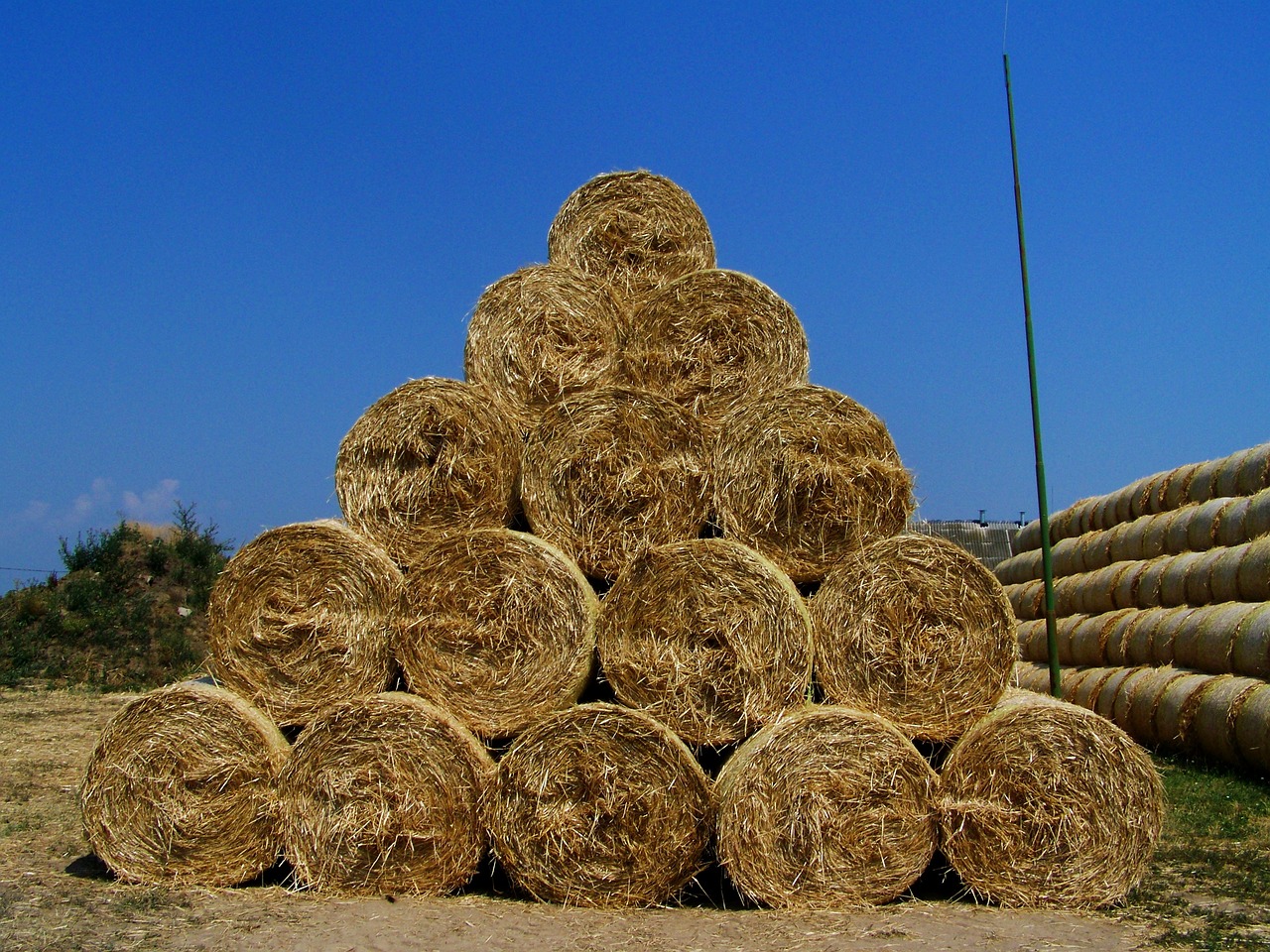
Architectural Marvels
Exploring the mysteries and historical significance of the iconic Chichen Itza pyramid in Mexico, shedding light on its architectural marvels and cultural importance.
Unveiling the intricate design and engineering feats of the Chichen Itza pyramid, showcasing the advanced construction techniques employed by ancient Mayan builders. The pyramid stands as a testament to the ingenuity and skill of the Mayan civilization, with its precise alignment, stepped structure, and intricate carvings mesmerizing visitors from around the world.
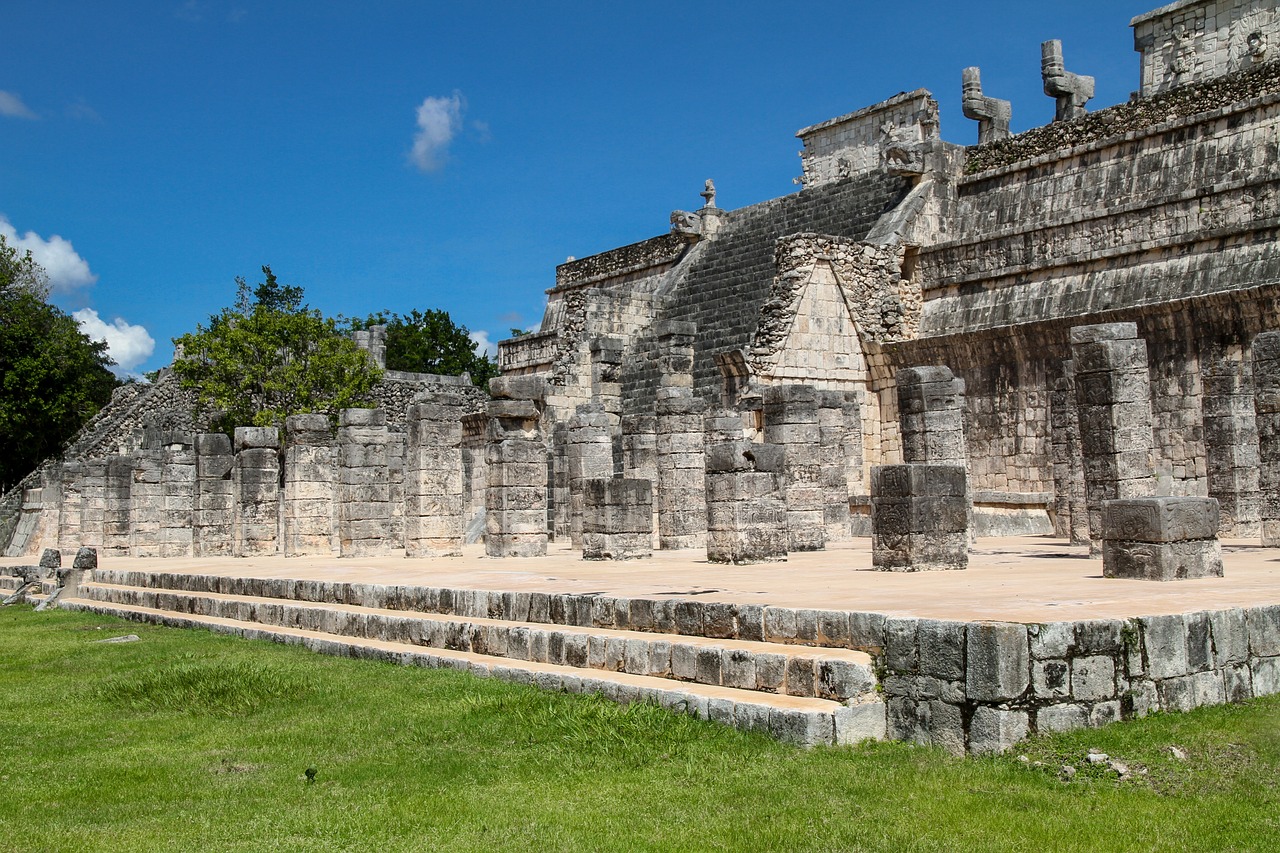
Cultural Significance
Exploring the mysteries and historical significance of the iconic Chichen Itza pyramid in Mexico, shedding light on its architectural marvels and cultural importance.
Unveiling the intricate design and engineering feats of the Chichen Itza pyramid, showcasing the advanced construction techniques employed by ancient Mayan builders.
The Chichen Itza pyramid holds immense cultural significance, serving as a testament to the rich heritage of the ancient Mayan civilization. This architectural wonder is not merely a structure but a symbol of spiritual beliefs and societal practices ingrained in the Mayan culture.
Within the intricate layout and orientation of the pyramid lie reflections of the Mayan worldview and celestial beliefs. The alignment of the pyramid with astronomical events highlights the profound astronomical knowledge possessed by the Mayans, showcasing their connection to the cosmos.
The pyramid played a pivotal role in religious ceremonies and sacrificial rituals conducted by the Mayan priests. It served as a sacred site where offerings were made to honor deities and ensure the prosperity of the community. The intricate carvings and structures within the pyramid depict the spiritual practices that were central to Mayan society.
Tracing the history and evolution of the Chichen Itza pyramid unveils a narrative of cultural continuity and change. From its construction in the pre-Columbian era to its rediscovery and preservation in modern times, the pyramid stands as a testament to the enduring legacy of the Mayan civilization.
Archaeological excavations have unearthed valuable insights into the origins and cultural significance of the Chichen Itza pyramid. Discoveries of artifacts and hieroglyphs have deepened our understanding of the religious practices and societal structure of the Mayan people, shedding light on their complex civilization.
Examining the impact of tourism on the Chichen Itza site reveals both opportunities and challenges. The influx of visitors has brought attention to this UNESCO World Heritage site, but it has also raised concerns about conservation and sustainable management practices to preserve the pyramid for future generations.
Efforts towards sustainable tourism and preservation practices are crucial in safeguarding the Chichen Itza pyramid. Balancing the needs of visitors with conservation initiatives is essential to ensure that this cultural treasure remains intact for years to come.
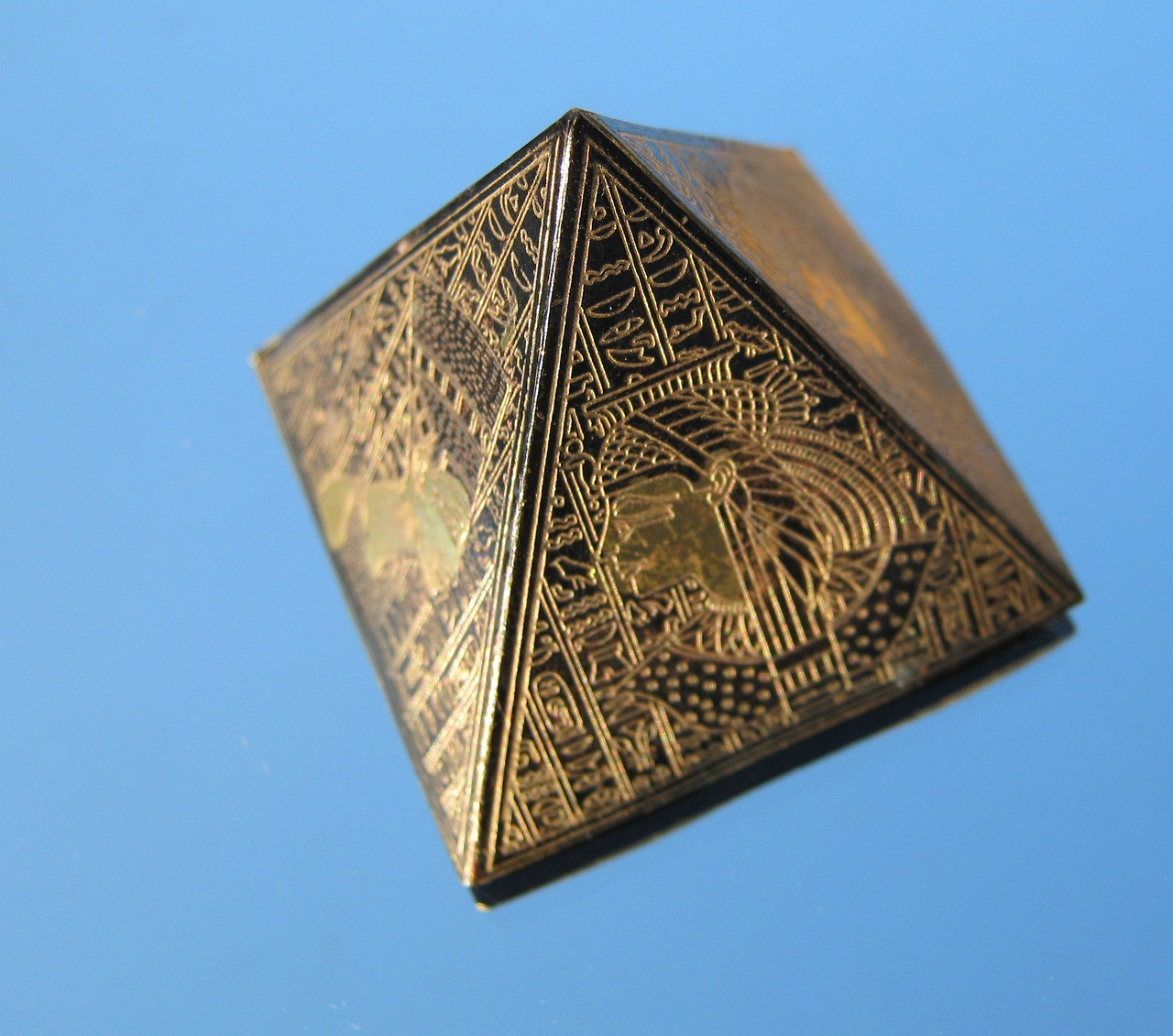
Mayan Cosmology
Mayan Cosmology is a fascinating aspect of the Chichen Itza pyramid, offering a glimpse into the ancient civilization's deep connection with the celestial world. The layout and orientation of the pyramid were not arbitrary but intricately designed to align with astronomical events and celestial bodies. The Mayans possessed advanced knowledge of astronomy, using the pyramid as a tool to track the movements of the sun, moon, and stars with remarkable precision.
At the heart of Mayan Cosmology lies the concept of the cosmos as a living entity, where celestial bodies were believed to influence human affairs and the natural world. The pyramid's architecture reflects this worldview, with its alignment to specific points on the horizon corresponding to significant astronomical events such as solstices and equinoxes. This alignment served both practical and symbolic purposes, reinforcing the Mayan belief in the interconnectedness of the physical and spiritual realms.
Moreover, the intricate carvings and sculptures found at the Chichen Itza pyramid depict celestial motifs and mythological figures, further emphasizing the Mayan's reverence for the cosmos. These intricate details not only showcase the artistic prowess of the Mayan civilization but also serve as a testament to their profound spiritual beliefs and cosmological understanding.
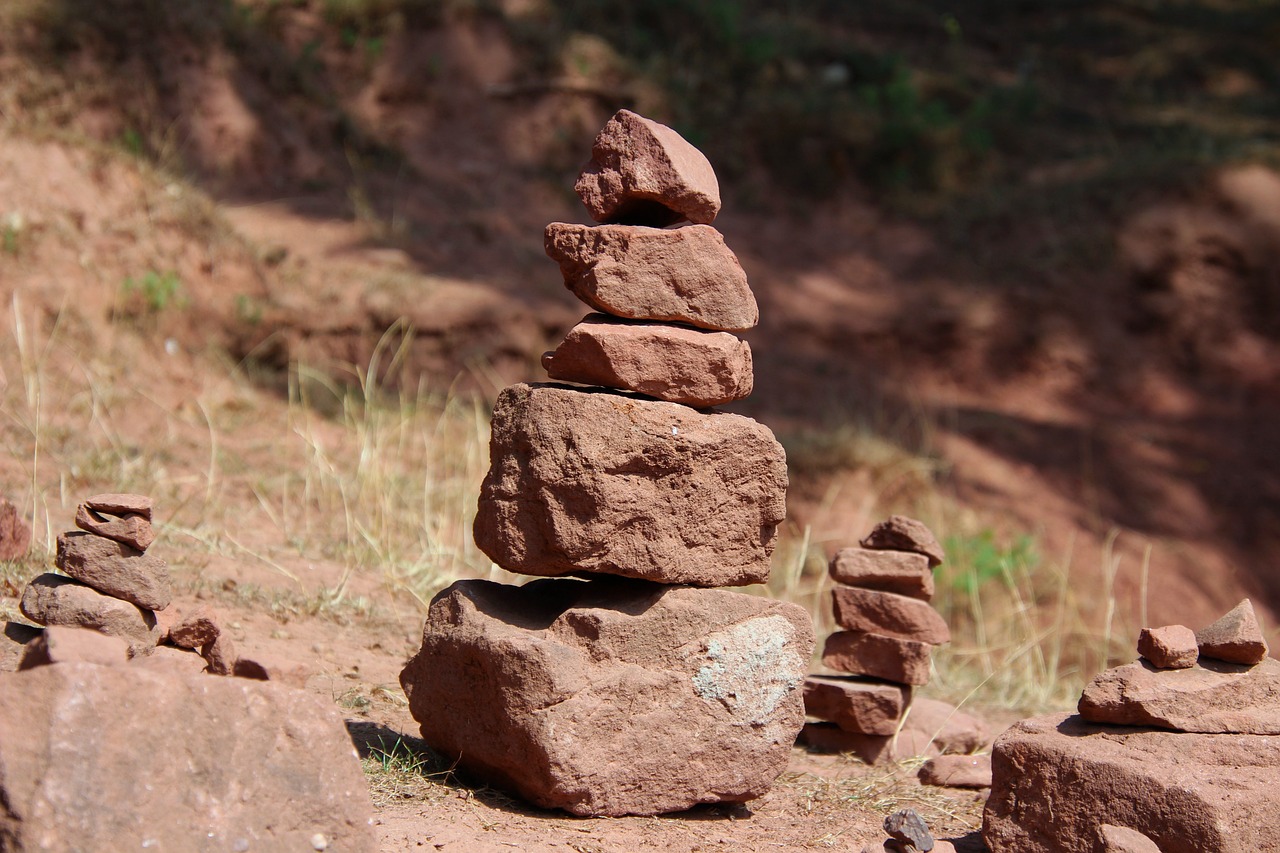
Sacred Rituals
Sacred rituals held at the Chichen Itza pyramid were integral to the spiritual practices of the ancient Mayan civilization. These ceremonies were deeply rooted in their religious beliefs and played a significant role in connecting the physical world with the spiritual realm. The pyramid served as a sacred space where priests conducted elaborate rituals to honor their gods and ancestors, seeking blessings and guidance for their community.
One of the most renowned rituals performed at the Chichen Itza pyramid was the **sacrificial** ceremonies. These rituals involved offerings to the gods, often in the form of animals or, in some cases, humans. The Mayans believed that these sacrifices were necessary to ensure the fertility of the land, the abundance of crops, and the well-being of their people. The sight of these ceremonies would have been both awe-inspiring and chilling, highlighting the deep devotion and beliefs of the Mayan civilization.
The layout and design of the pyramid itself played a crucial role in these sacred rituals. The alignment of the structure with the movements of the sun and stars allowed the priests to determine auspicious times for ceremonies and offerings. The intricate carvings and sculptures adorning the pyramid depicted mythological scenes and deities, further enhancing the spiritual ambiance of the site.
Moreover, the acoustics of the pyramid were engineered in such a way that sound reverberated with exceptional clarity, adding a mystical quality to the rituals conducted. The echoes of chants and prayers would have filled the air, creating an immersive and transcendent experience for those present during the ceremonies.
As visitors explore the Chichen Itza pyramid today, they can still sense the echoes of these ancient rituals and the profound spiritual energy that permeates the site. The preservation of this cultural heritage allows us to glimpse into the rich tapestry of Mayan traditions and rituals, offering a window into a world where the boundaries between the earthly and divine were blurred.

Historical Evolution
Exploring the mysteries and historical significance of the iconic Chichen Itza pyramid in Mexico, shedding light on its architectural marvels and cultural importance.
Unveiling the intricate design and engineering feats of the Chichen Itza pyramid, showcasing the advanced construction techniques employed by ancient Mayan builders.
Delving into the religious and cultural significance of the pyramid, deciphering the symbolic elements and rituals associated with this ancient Mesoamerican structure.
Understanding how the layout and orientation of the pyramid reflect the Mayan worldview and celestial beliefs, offering insights into their astronomical knowledge.
Exploring the role of the pyramid in religious ceremonies and sacrifices, unraveling the spiritual practices that took place at this sacred site.
Tracing the history and evolution of the Chichen Itza pyramid, from its construction in the pre-Columbian era to its rediscovery and preservation in modern times.
Highlighting key archaeological findings and research efforts that have deepened our understanding of the pyramid's origins and cultural significance.
Examining the impact of tourism on the Chichen Itza site, discussing conservation challenges and efforts to protect this UNESCO World Heritage site.
Discussing strategies for sustainable tourism and preservation practices to safeguard the Chichen Itza pyramid for future generations.
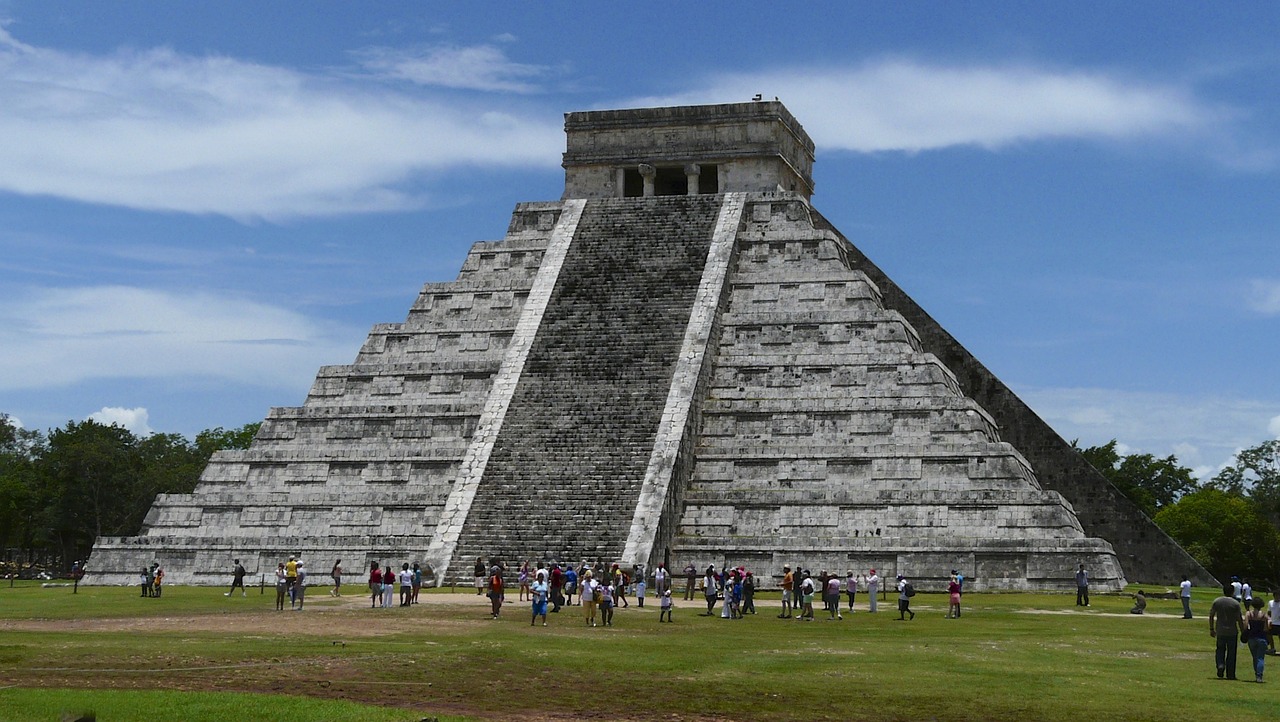
Archaeological Discoveries
Unveiling the secrets buried beneath the layers of time, at the Chichen Itza pyramid have provided invaluable insights into the ancient Mayan civilization. Through meticulous excavations and research efforts, experts have unearthed a treasure trove of artifacts and structures that offer a glimpse into the past.
One of the most significant findings is the Temple of Kukulkan, also known as El Castillo, a pyramid that serves as a testament to the Mayan's architectural prowess and astronomical knowledge. The alignment of the temple with the sun during the equinoxes creates a mesmerizing shadow play that symbolizes the serpent god descending the steps.
Excavations around the pyramid have revealed intricate carvings, sculptures, and hieroglyphics that depict scenes from Mayan mythology and history. The discovery of the Platform of the Skulls, adorned with skull carvings representing sacrificial rituals, sheds light on the religious practices of the ancient civilization.
Furthermore, ongoing research has uncovered underground cenotes and caves beneath the Chichen Itza site, suggesting the presence of elaborate water management systems and sacred spaces used for ceremonies and offerings. These archaeological findings continue to deepen our understanding of the cultural and spiritual significance of the pyramid.

Modern-Day Tourism
Modern-day tourism at the Chichen Itza site has brought both awe and challenges to this ancient wonder. The influx of visitors from around the world has led to a surge in interest in the pyramid's history and cultural significance. However, the impact of tourism on the site's preservation has raised concerns among archaeologists and conservationists.
The site's popularity has led to the implementation of various conservation efforts to protect the delicate structures from wear and tear. Tourists are now guided along designated paths to minimize damage to the ancient ruins, and restrictions on climbing the pyramid have been put in place to ensure its longevity.
Despite these measures, the sheer volume of visitors poses a continuous threat to the site's preservation. Balancing the need to share this historical gem with the world while safeguarding its integrity remains a delicate challenge for authorities and conservationists alike.
Efforts to promote sustainable tourism practices have been implemented, aiming to educate visitors on the importance of respecting the site's cultural and historical value. Through guided tours and informational exhibits, tourists are encouraged to appreciate the pyramid's significance while minimizing their impact on its fragile structures.
Conservationists are also exploring innovative ways to maintain the site's integrity, such as utilizing advanced monitoring technologies to track visitor footfall and identify areas of concern. By leveraging modern tools and techniques, they hope to strike a balance between accessibility and preservation for future generations to enjoy.
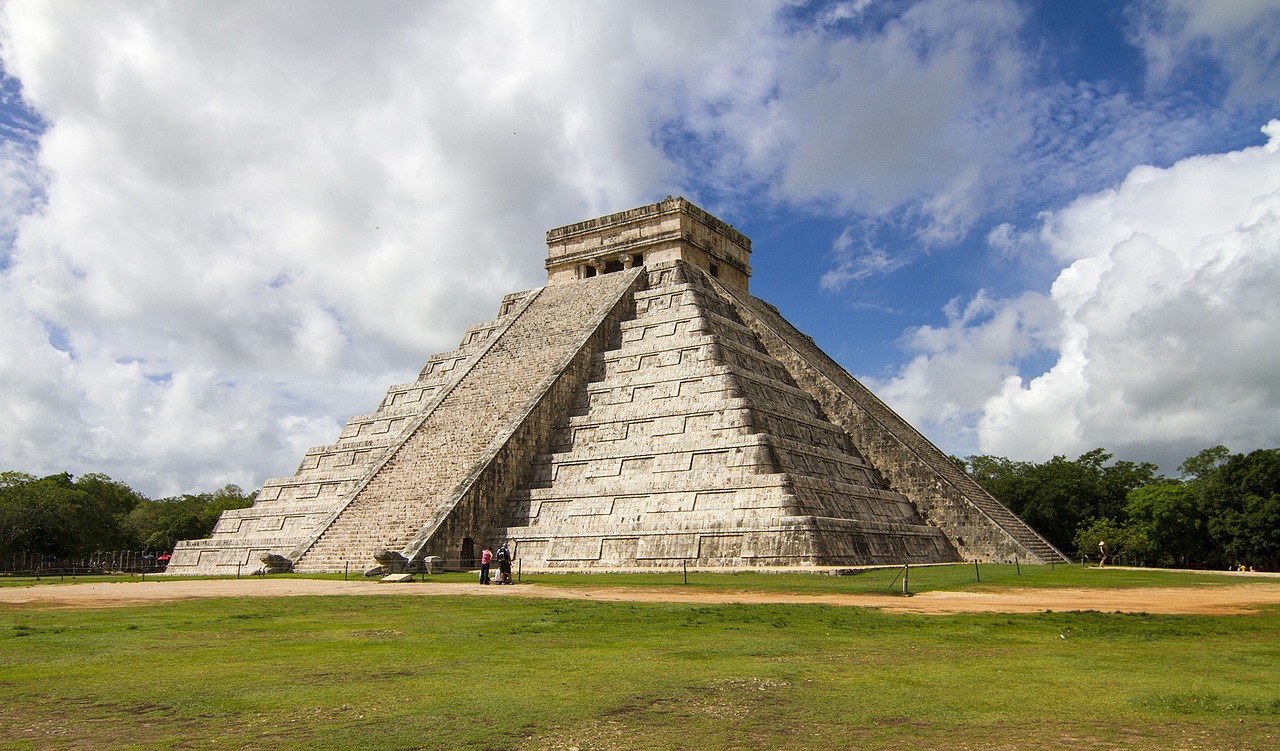
Sustainable Preservation
When it comes to preserving the majestic Chichen Itza pyramid for future generations, sustainable practices play a crucial role in maintaining the site's integrity and historical significance. Sustainable preservation involves a delicate balance between conserving the ancient structure and accommodating the influx of tourists eager to explore this archaeological wonder.
One key aspect of sustainable preservation is the implementation of responsible tourism practices. By regulating visitor numbers, establishing designated walking paths, and providing educational resources, the impact of tourism on the site can be minimized. This ensures that the Chichen Itza pyramid remains accessible to visitors while safeguarding its structural stability.
Furthermore, sustainable preservation efforts extend to conservation initiatives aimed at protecting the pyramid from environmental threats such as erosion, pollution, and climate change. Collaborative projects involving archaeologists, historians, and environmental experts are essential in monitoring the site's condition and implementing measures to mitigate potential risks.
Engaging with local communities and indigenous groups is also fundamental to sustainable preservation. By involving stakeholders in decision-making processes and fostering a sense of ownership and pride in the site, long-term conservation efforts can be effectively sustained. This collaborative approach not only benefits the Chichen Itza pyramid but also contributes to the cultural and economic development of the surrounding region.
Moreover, promoting awareness and appreciation of the site's historical and cultural significance is essential for sustainable preservation. Educational programs, interpretive signage, and guided tours can help visitors understand the importance of preserving this ancient marvel and encourage responsible behavior while exploring the site.
In conclusion, sustainable preservation practices are vital in ensuring the longevity and integrity of the Chichen Itza pyramid. By adopting a holistic approach that combines conservation, education, community engagement, and responsible tourism, we can protect this UNESCO World Heritage site for generations to come.
Frequently Asked Questions
- What is the significance of the Chichen Itza pyramid?
The Chichen Itza pyramid holds immense cultural and historical significance as a symbol of ancient Mayan civilization. It served as a religious center, a place of astronomical observation, and a site for sacred rituals and ceremonies.
- How was the Chichen Itza pyramid constructed?
The construction of the Chichen Itza pyramid showcases the advanced engineering skills of the Mayan civilization. It was built using precise measurements, intricate stone carvings, and sophisticated architectural techniques that have stood the test of time.
- What is the connection between the pyramid and Mayan cosmology?
The layout and orientation of the pyramid align with Mayan cosmological beliefs, reflecting their understanding of the universe and celestial bodies. The structure's design incorporates elements that symbolize the Mayan worldview and their relationship with the cosmos.
- Why is Chichen Itza a popular tourist destination?
Chichen Itza attracts tourists from around the world due to its historical significance, architectural beauty, and cultural importance. Visitors are drawn to explore the mysteries of the pyramid and witness firsthand the wonders of ancient Mayan civilization.
- How is the preservation of Chichen Itza being managed?
Efforts are being made to ensure the sustainable preservation of Chichen Itza through responsible tourism practices and conservation initiatives. By implementing measures to protect the site from environmental and human impact, the aim is to safeguard this invaluable heritage for future generations.



















